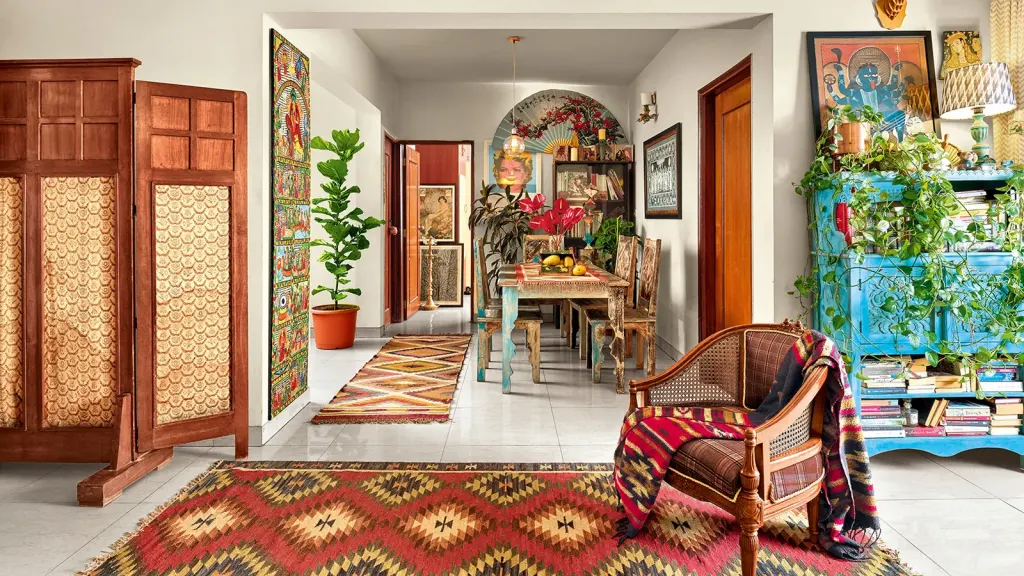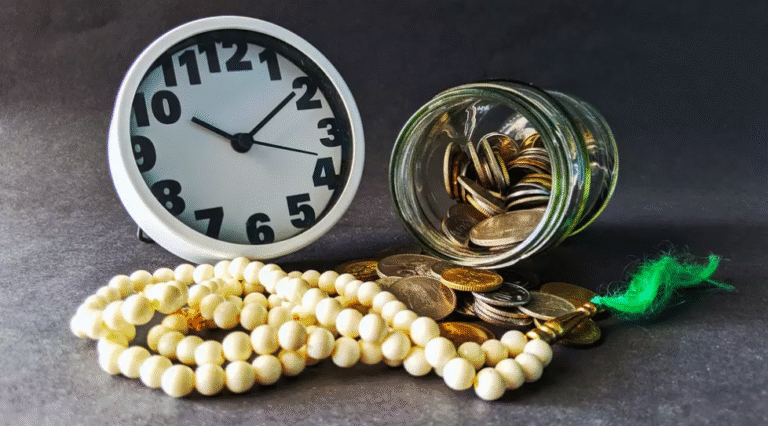Transform Your Interiors with Indian Wall Art Decor: A Cultural Style Guide

Introduction
Indian wall art decor is more than just ornamental. it’s a vivid expression of heritage, tradition, and storytelling. Whether you live in a modern apartment or a traditional home, Indian art can add soul, color, and character to your interiors. From intricate folk art to spiritual imagery and handcrafted wall hangings, Indian decor offers a wide range of styles to choose from.
In this blog, we’ll explore the different types of Indian wall art decor, how to choose the right pieces for your space, and styling tips to seamlessly blend tradition with contemporary design.
The Timeless Appeal of Indian Wall Art
Indian wall decor reflects the country’s diverse heritage, combining regional art forms, religious influences, and intricate craftsmanship. Each region of India contributes unique artistic styles from the tribal and rustic Warli paintings of Maharashtra to the detailed Madhubani art of Bihar and the colorful Pattachitra from Odisha.
This variety makes Indian wall art versatile enough to suit modern, traditional, bohemian, or eclectic interiors. Beyond aesthetics, many pieces also carry deep symbolic meanings, adding a spiritual or emotional layer to your home’s ambiance.
Popular Types of Indian Wall Art for Your Home
Madhubani Art
This folk art originated in the Mithila region of Bihar and is known for its bright colors, geometric patterns, and depictions of Hindu deities, nature, and mythology. Madhubani art fits beautifully in entryways, living rooms, or study spaces to inspire positivity and creativity.
Warli Art
Simple yet expressive, Warli paintings are typically done in white on a mud base and feature scenes of rural life, dancing figures, and tribal customs. These are perfect for minimalist or rustic spaces and pair well with wooden furniture and earthy tones.
Pattachitra
Originating in Odisha and West Bengal, Pattachitra art is known for its intricate details and mythological themes, often hand-painted on cloth or dried palm leaves. Displaying this art in your prayer room or meditation corner can create a deeply spiritual atmosphere.
Tanjore Paintings
These South Indian classical artworks use rich colors, gold foil, and religious icons. Tanjore paintings are luxurious and fit well in traditional Indian interiors or as a focal point in formal living rooms.
See also: Power Banks That Can Charge Your Phone 5 Times – Best Options in Pakistan
Spiritual Symbolism in Indian Wall Decor
Indian wall art often carries spiritual messages. Symbols like Om, the lotus, the tree of life, and the mandala are frequently found in decor items and paintings. These symbols are known to promote calmness, growth, and enlightenment, making them perfect for bedrooms, meditation areas, and entrance foyers.
Hanging images of deities like Ganesha, Krishna, Lakshmi, and Shiva not only adds cultural depth but also invites peace, prosperity, and protection into your home. When placed thoughtfully, spiritual wall decor enhances the energy of the entire space.
Styling Indian Wall Art in Modern Interiors
While traditional Indian art is deeply rooted in heritage, it can be easily blended into contemporary home designs with the right approach.
Mix Old and New
Pair traditional art with modern furniture or minimalist spaces to create a striking contrast. For example, a Madhubani piece can stand out beautifully on a clean, white wall with sleek decor.
Go Bold with Color
Indian art is inherently vibrant. Use these colors as inspiration for your accent walls, pillows, or rugs. Choose a bold Pattachitra painting and let it dictate the color scheme of the room.
Use Gallery Walls
Instead of a single piece, create a gallery wall using a mix of Indian art styles, handcrafted mirrors, and carved wooden panels. This eclectic approach adds personality and storytelling to your walls.
Focus on Focal Points
Make one large artwork the star of the room. A Tanjore painting or a spiritual mandala canvas can instantly draw attention and set the tone for the space.
Wall Decor Ideas for Each Room in Your Home
Living Room
Make your living room a welcoming space by adding large traditional paintings or handcrafted wooden wall hangings. Choose a piece that reflects warmth and storytelling. Brass or antique-finish art from Indian culture can also elevate the space with elegance.
Bedroom
For bedrooms, go for soothing art like mandalas, lotus designs, or spiritual quotes in Sanskrit or Hindi. These promote relaxation and a sense of calm.
Entryway
The entryway is the first impression of your home. Adorn it with a welcoming Ganesha artwork, tribal art, or colorful folk paintings. This sets a tone of positivity for everyone who enters.
Kitchen and Dining
Don’t ignore these spaces. Hanging colorful spice market prints, traditional thalis or utensils as decor, or rustic tribal art can make your kitchen and dining areas feel vibrant and rooted in culture.
Meditation or Prayer Room
Here, choose artworks that represent peace and divinity Buddha, Om symbols, or temple-inspired carvings. These enhance the spiritual aura of the space and provide a meditative focal point.
The Role of Handcrafted Art in Sustainable Decor
Indian wall art is often handcrafted by artisans using eco-friendly materials like natural dyes, cotton canvas, palm leaves, or recycled wood. By choosing such decor, you’re not only beautifying your home but also supporting local craftsmanship and sustainable practices.
Brands like Lovenspire emphasize the value of cultural heritage through their collections of handcrafted Indian wall art. Their offerings include spiritual pieces, traditional wall hangings, carved decor, and festive artwork that reflect Indian culture with authenticity and elegance. Whether you want something minimal or statement-making, Lovenspire provides ethically sourced, handcrafted decor that brings cultural warmth to any space.
Why Indian Wall Art Is Perfect for Housewarming Gifts
If you’re attending a housewarming or planning one yourself, Indian wall art makes for a meaningful and memorable gift. It’s not only decorative but also holds cultural and spiritual value. Gifting a Ganesha wall hanging, an auspicious mandala painting, or a handcrafted diya wall sconce symbolizes good fortune and positivity ideal sentiments for a new beginning.
With stores like Lovenspire offering a range of elegant, handmade Indian decor items online, finding the perfect housewarming gift is easier than ever.
Final Thoughts: Making Your Space a Cultural Sanctuary
Incorporating Indian wall art into your home is more than a design choice it’s an embrace of tradition, symbolism, and soul. From vibrant folk art to sacred icons, each piece carries a story that connects you with heritage and personal meaning.
When thoughtfully styled, Indian wall decor can turn ordinary spaces into extraordinary reflections of beauty, spirituality, and identity. Whether you start with one bold painting or curate an entire gallery wall, let your space be a canvas of culture and craftsmanship.
Explore platforms like Lovenspire to discover pieces that resonate with your style and values. With the right decor, you don’t just decorate your home you give it a heart.

